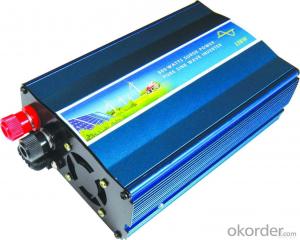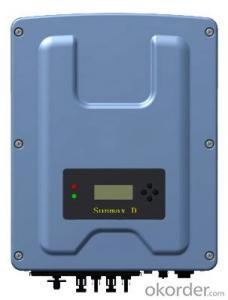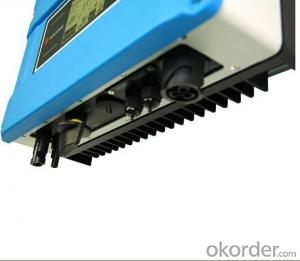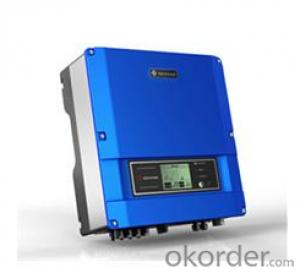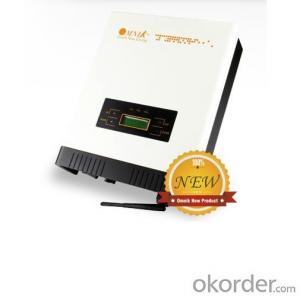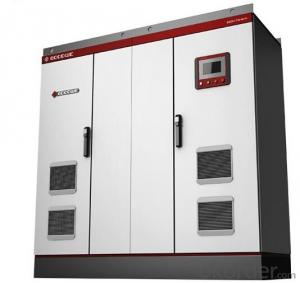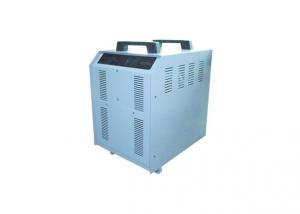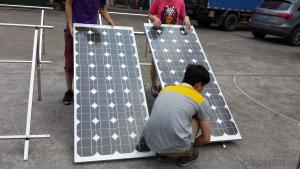On Grid Solar System Inverter
On Grid Solar System Inverter Related Searches
On Grid Solar Inverter On Grid Solar Power Inverter On Grid Inverter Solar On Off Grid Solar Inverter On Grid Hybrid Solar Inverter Off Grid Solar System Inverter Off Grid Solar Inverter System Solar Inverter On/Off Grid Off Grid Solar Power Inverter Solar Hybrid Inverter On Grid Solar Off Grid Inverter Hybrid Solar Inverter On Grid Off Grid Inverter Solar Solar Grid Inverter Best On Grid Solar Inverter On Grid Solar Inverter Price Inverter Solar Off Grid Inverter For Off Grid Solar Off Grid Solar Hybrid Inverter Off Grid Hybrid Solar Inverter Solar Power Grid Inverter On-Grid Hybrid Solar Inverter Best Solar On Grid Inverter Solar Hybrid Off Grid Inverter 1kw On Grid Solar Inverter Solar Inverter Off Grid Solar Panel Off Grid Inverter Off The Grid Inverter Solar Power Inverter Off Grid Off Grid Solar Micro InverterOn Grid Solar System Inverter Supplier & Manufacturer from China
The On Grid Solar System Inverter is a crucial component in solar energy systems, designed to convert the direct current (DC) generated by solar panels into alternating current (AC) that can be fed into the power grid. These inverters play a vital role in ensuring that the solar energy generated is efficiently integrated into the electrical grid, allowing for the use of clean, renewable energy.The On Grid Solar System Inverter is widely used in residential, commercial, and industrial settings where solar panels are installed to generate electricity. It is particularly beneficial in areas with a stable power grid, as it allows for the seamless integration of solar power into the existing infrastructure. This product is essential for maximizing the efficiency of solar energy systems and ensuring that the generated power can be effectively utilized or fed back into the grid.
Okorder.com is a leading wholesale supplier of the On Grid Solar System Inverter, offering a vast inventory of high-quality products to cater to the needs of various industries. With a commitment to providing reliable and efficient solutions, Okorder.com ensures that customers have access to the latest technology in solar energy conversion, enabling them to harness the power of the sun in a sustainable and cost-effective manner.
Hot Products








